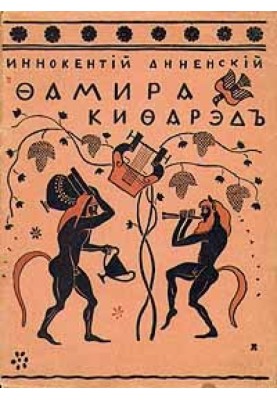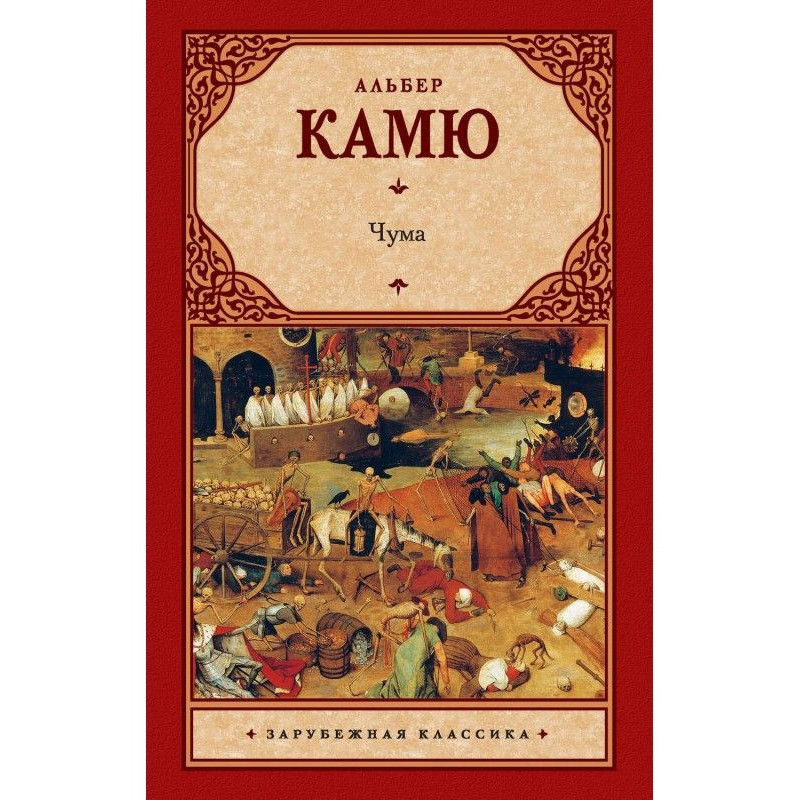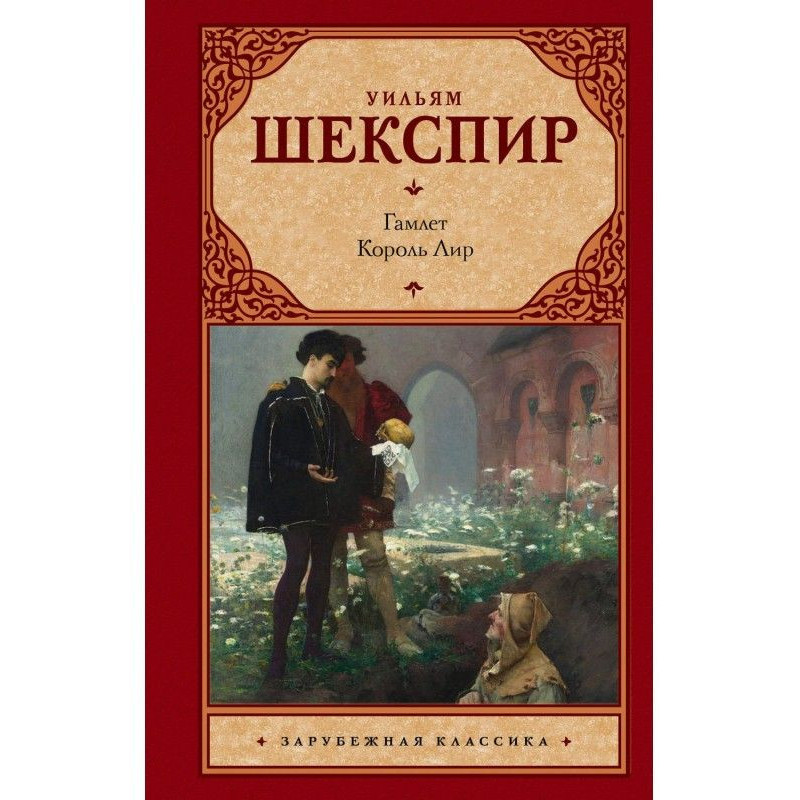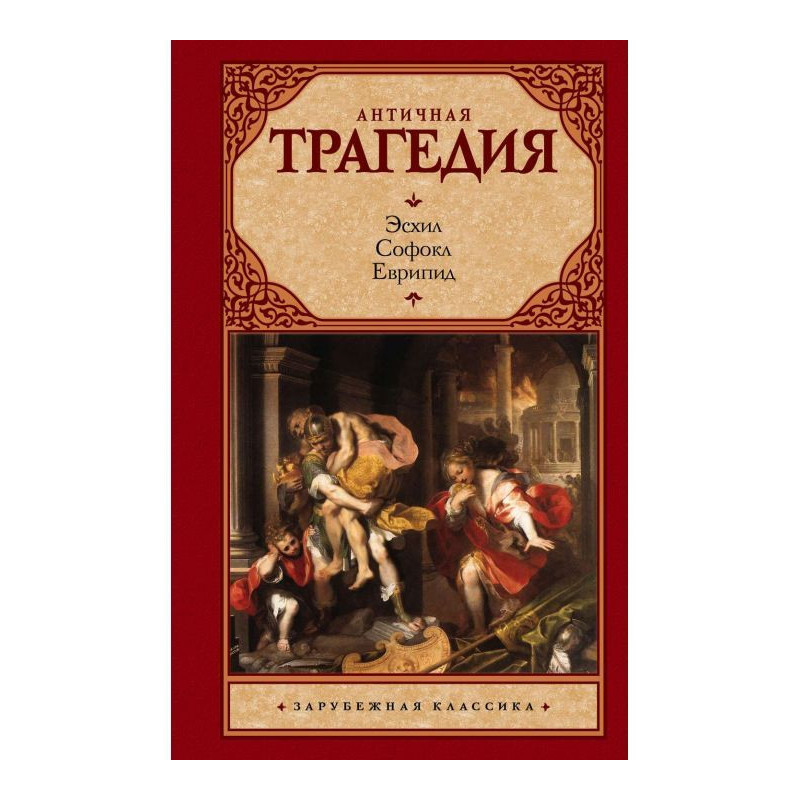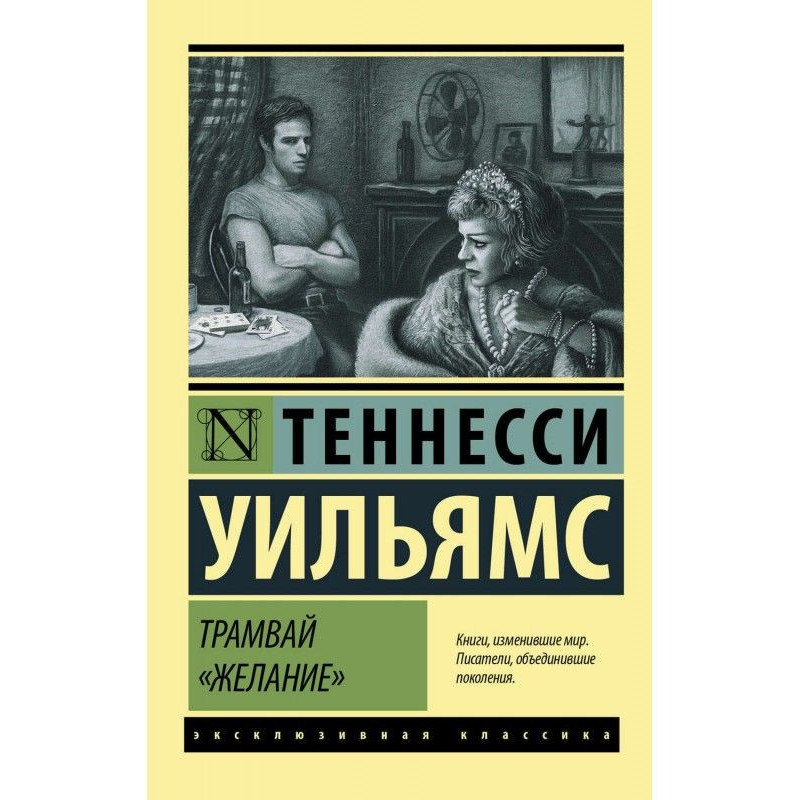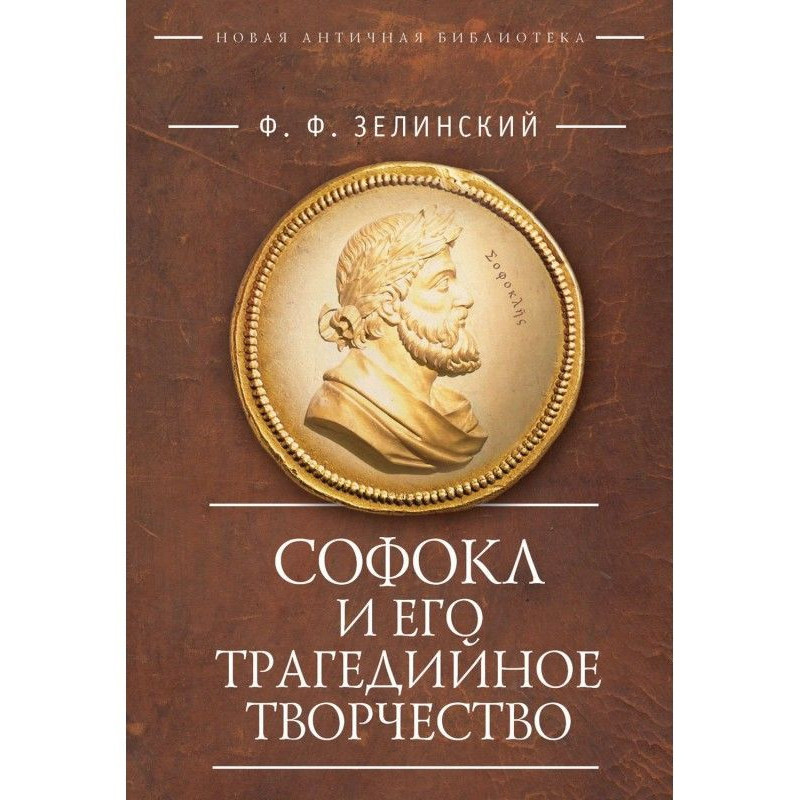Famira-Kifared
 Instant download
Instant download
after payment (24/7)
 Wide range of formats
Wide range of formats
(for all gadgets)
 Full book
Full book
(including for Apple and Android)
The skeleton of the fairy tale underlying my new drama “Famira-kifared” is as follows: the son of the Thracian king Philammon and the nymph Argiope, Thamir, or Thamyrid, became famous for his playing of the cithara, and his arrogance reached the point that he challenged muses, but was defeated and, as punishment, deprived of his eyes and musical gift. Sophocles wrote a tragedy on this topic, in which he himself once played the role of a cithara, but the tragedy has not reached us. My work was conceived a long time ago, about six years ago, but especially carefully I began to think about it in the last five months. A. A. Kondratyev did me the honor of dedicating to me a charming fairy tale he wrote on the same topic, where the muses gouge out Famira’s eyes with their hairpins. He told me about his plan a year and a half ago, and I also told him about my idea to write the tragic “Famira,” but I told him almost nothing about the nature of the tragedy itself, since I never tell anyone about the plans for my works. , - in any case, neither with the fairy tale of Mr. Kondratiev, nor, probably, with the drama of Sophocles, my “Famira” has nothing in common except for the mythical names and the above-mentioned skeleton of the fairy tale. I have also moved far from classical theater. The chorus leaves the stage, and in one scene the characters refuse to speak in verse, at least some of them. There is, however, a serious artistic basis for this.
Data sheet
- Name of the Author
- Иннокентий Анненский Федорович
- Language
- Russian

